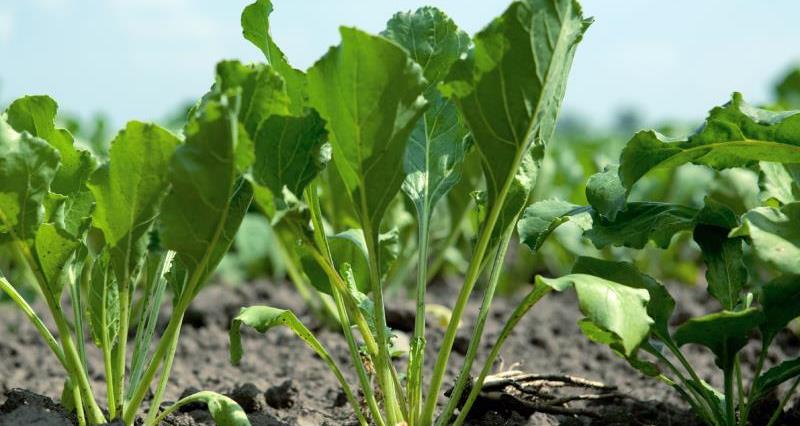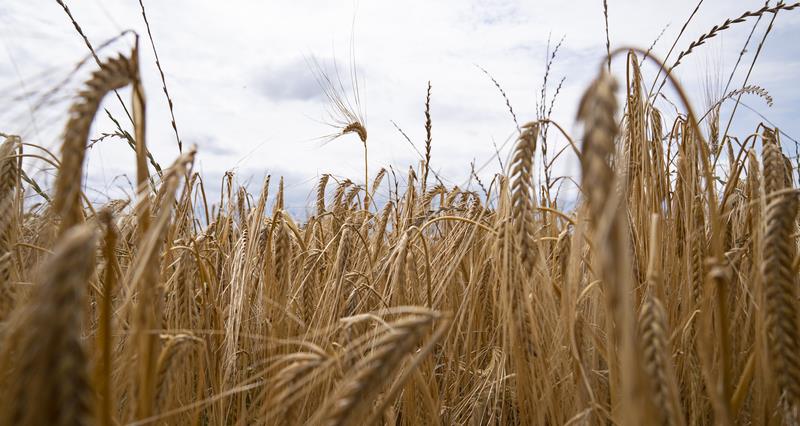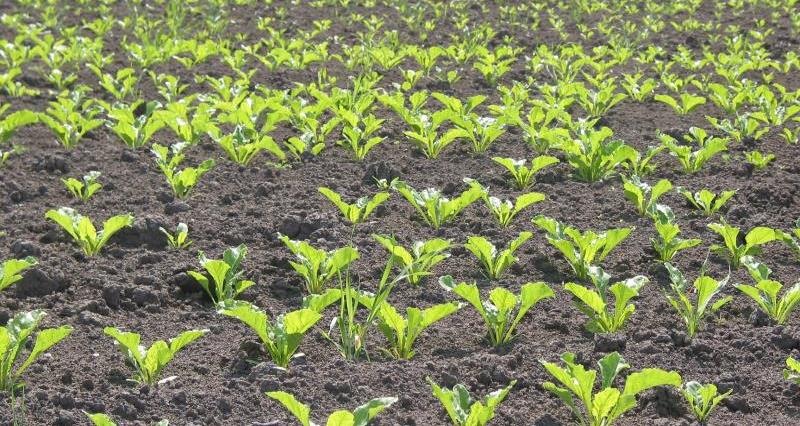What is N-placement?
Nitrogen placement (N-placement) involves using specialised equipment to place fertiliser in close proximity to the sugar beet seed, facilitating faster growth during the early stages of germination.
Placing fertiliser with the seed encourages more effective uptake of the nutrients available and, therefore, generally reduces the total amount of N (nitrogen) required by the crop.
Targeted placement has shown that crops use N more efficiently. A reduction in nitrogen usage of 10-20% has been achieved by placing nitrogen to the side and below the seed (generally 2â below and 2â to the side). Commercial strip trials have reduced rates from 120 to 90 kg N/ha with placement.
Regular, comprehensive soil assessments should guide all nutrient applications. AHDBâs can help growers make the most of organic materials and balance the benefits of fertiliser use against the costs â both economic and environmental.
âGovernment and supply chain support are vital.â
Cambridge farmer and NFU member Jordan Allen
Specialist N-placement equipment is available, but it is also possible to retrofit N-placement capability to your existing drill or cultivator. Alternatively, you can use banding equipment pre-drilling.
N-placement and net zero
Placing nitrogen can deliver reductions in both scope 3 emissions, through a reduction in the total fertiliser applied, and scope 1 emissions, through reduced fuel use and minimise nitrous oxide emissions from the soil.
However, equipment is expensive,ĚýandĚýadditional labour may be required to keep fertiliser hoppers filled. However, results, in terms of yield or fertiliser saving, arenât guaranteed.
What are Scopes?
To better understand climate impact, businessesâ GHG (greenhouse gas) accounting uses Scopes to provide transparency. They categorise where emissions come from.
Emissions are grouped into three âScopesâ or categories.
- Scope 1 â direct emissions from the business (fuel use, soil-based emissions)
- Scope 2 â indirect emissions from the business (electricity, gas)
- Scope 3 â emissions associated with the materials and inputs used by the business
Find out more about How supply chain Scope 3 emissions affect farming.
Farmer story
NFU Member Jordan Allen farms in Cambridgeshire produce 9,000t of sugar beet for delivery into Wissington Sugar Factory. He has placed liquid N for the first time this year with injectors retrofitted to a Väderstad Tempo drill.
Jordan commented, â2024 has been our first year placing fertiliser at drilling. Having attended NFU Sugarâs conference breakout session and learned about its project to incentivise âlower carbonâ sugar with LENs and Nestle we decided to give it a go on a limited area this year. It doesnât come without cost or risk, and weâll be monitoring our yields closely to assess performance.
âGovernment and supply chain support is vital to managing the added cost and risk of âlower carbonâ approaches if weâre to adopt them within our beet crop going forward.â



